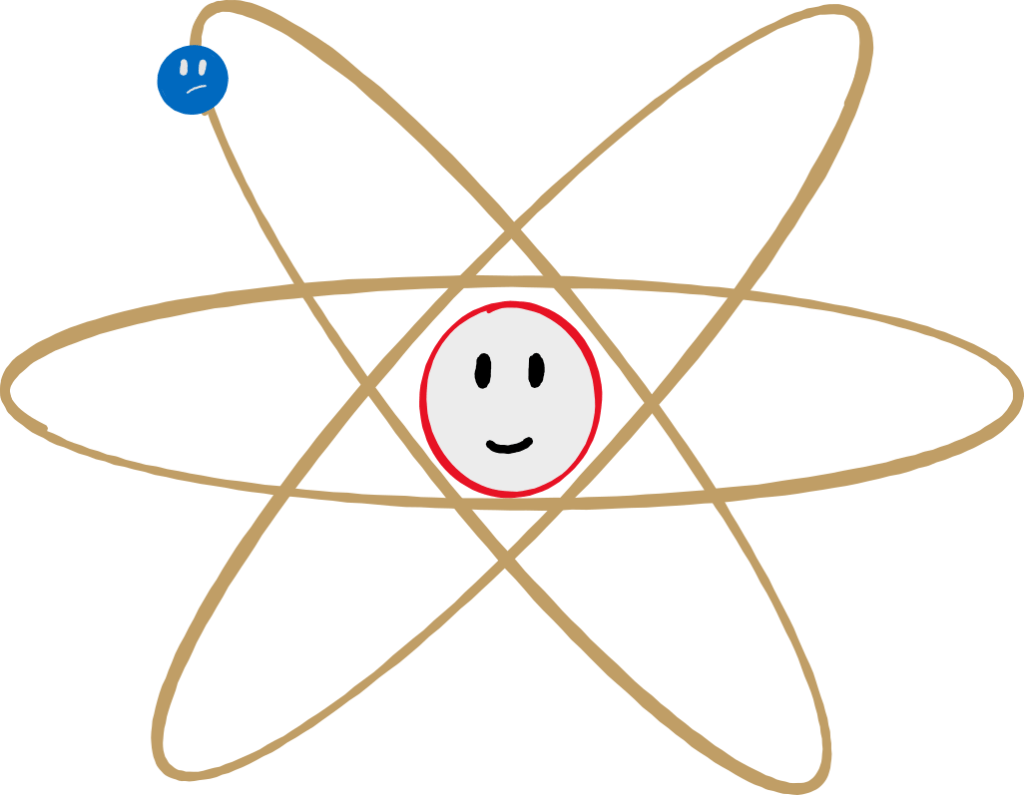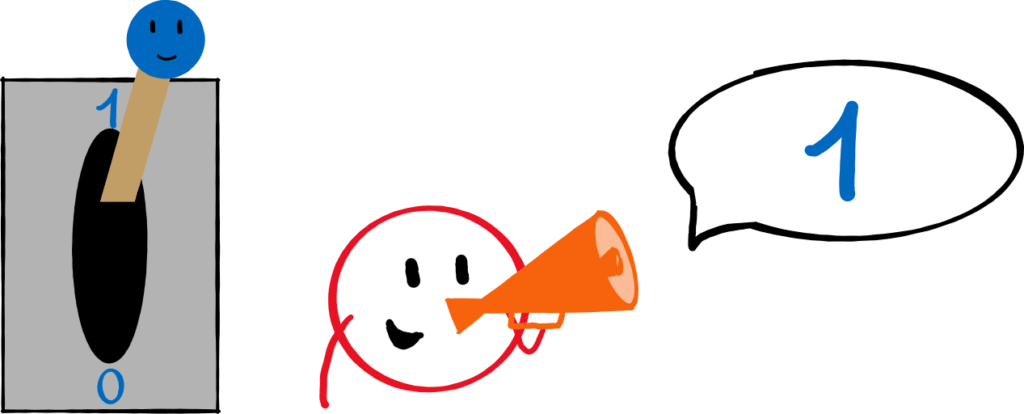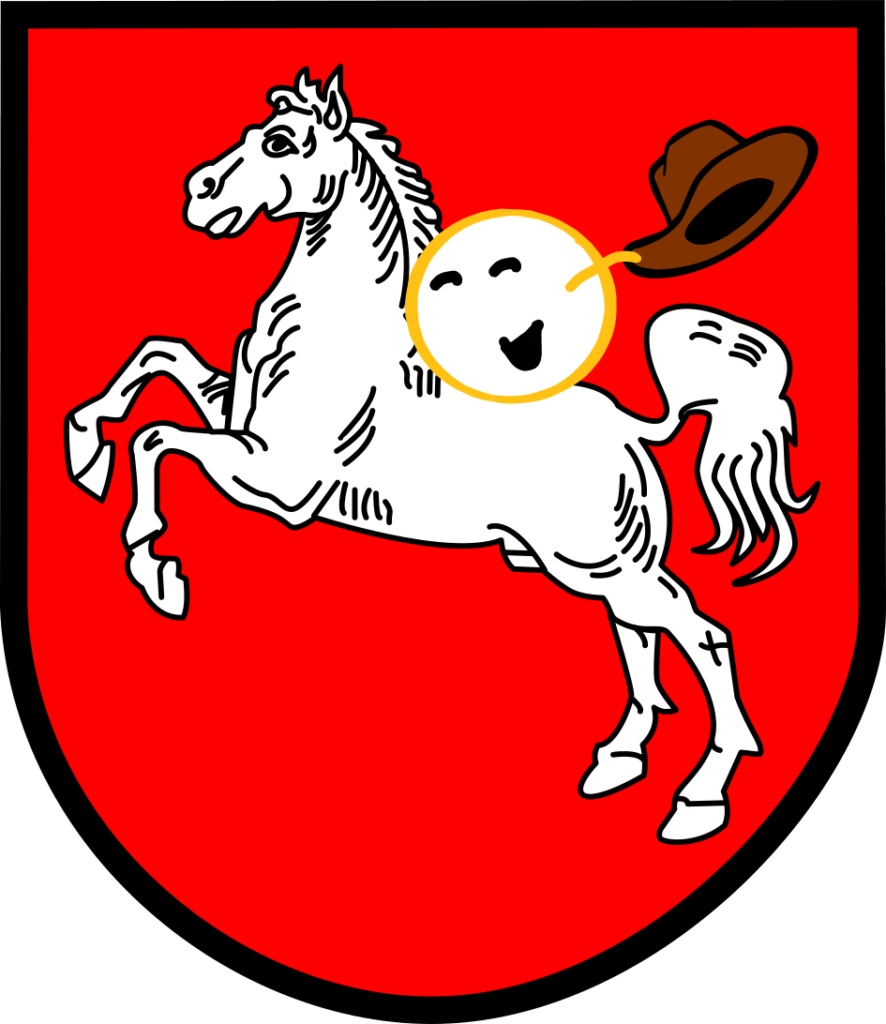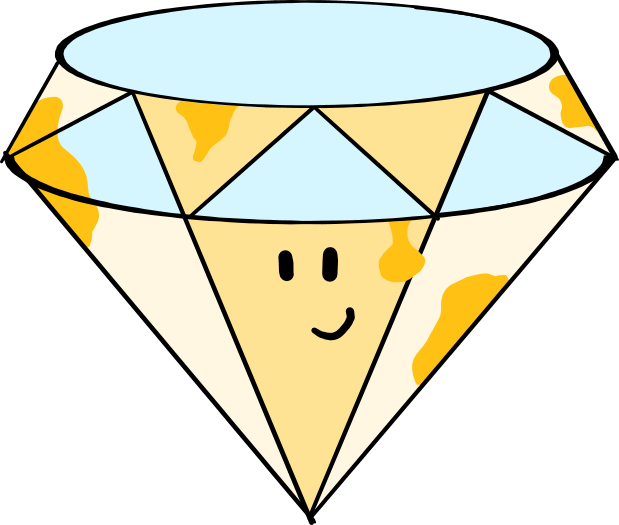
Quantum computers bring quantum physics into the spotlight. Because tech giants as Google, IBM, Microsoft, and Amazon are all over them, they are the talk of the town. In addition to scientific journals, daily newspapers and gossip magazines also report on qubits and their friends. Quantum computers are always explained “simply and compactly”. I could also write an article like this, but more specifically, I would like to address the misunderstandings and confusion that such articles often cause. This is not (necessarily) the fault of the authors because no one can adequately explain quantum physics in 5000 characters. Others, however, blatantly sell the quantum computer as a holy grail or Pandora’s box. As so often, the truth lies somewhere in the between.
I will divide my FAQ into three parts. This is the first one, which is all about the basic building block of quantum computing: the qubit. What are qubits? What are qubits made of? Is one qubit better than one bit? The next part “From qubits to quantum computers” is all about what you need for a quantum computer and how exactly it works. The third and last part “From classical to quantum computers” is about what quantum computers are actually good for (or not). At the end of the article, you will find a detailed list of scientific references and links to the mentioned projects.
What are qubits?
The word qubit is an abbreviation and stands for quantum bit. So, in short, it is the quantum version of a classical bit. The term bit is a portmanteau (i.e. the mixture of two words to form a new one: smoke + fog = smog) from binary digit = bit. A numerical digit is a sign for a number, i.e. the ten characters from 0 to 9. The word binary comes from Latin and stands for “consisting of two”. A binary system is therefore based on only two different digits. In principle, a binary system can be built from any two digits, but usually, the two digits are 0 and 1.

We have broken down the word qubit into its components. To understand qubits, we have to start with the foundation: the bits. A bit is a binary number and thus the smallest unit of information we can imagine. 0 or 1, yes or no, on or off. The last example concerns, for example, a current flow: current on or current off. And that is exactly what happens in computers. To process information, a computer must first break it down into zeros and ones, and these correspond to little switches that allow or prevent an electrical current. There are millions and millions of these bits/switches in a computer. During information processing, the computer clicks these switches back and forth, and the final switch position tells us the result of the calculation.
However, if a bit is not a switch but made from a quantum system (read more about this in What are qubits made of?), then quantum effects kick in. The most important one in this context is the wave-particle dualism, which you can read more about here. In short, wave-particle dualism means that particles always also behave like waves and vice versa. So particles can superimpose like water waves – not only with others but also with themselves! A wave is also not just here or there, fast or slow, but it is everything at the same time. When a quantum system is in several states at the same time, we call this superposition.

What does this mean for a bit built from quantum particles? The quantum switch no longer has to decide between on/1 and off/0 but it can be in a superposition of these two states. It can be in the state 0 or in the state 1, but it can also be half in 0 and half in 1, or 42% in 0 and 58% in 1. Because these bits behave so fundamentally different from “normal” bits, they are called quantum bits, or qubits for short. Because of their ability to form superpositions, qubits behave less like switches and more like arrows pointing to the surface of a sphere. The switch positions 1 and 0 merely correspond to the north and south poles of the sphere, and the 50/50 mixture lies on the equator.
How to translate quantum to classical information?
Here I may have been a bit hasty as many of you were probably not aware that such a translation was necessary. Qubits, as explained in the last section, are rather small spheres than switches. But we here in the world of switches cannot “read” spheres. Let me explain:
A bit, i.e. a switch, is easy to read out. We can imagine a measurement as asking a yes/no question. The switch is either up or down, the bit is in 0 or 1.
What about the qubit? If the arrow points to the north or south pole, measuring works the same way. But what if the arrow is somewhere in between? When we ask the qubit “Are you in state 1?”, it has to decide on an answer: Yes or No. The qubit cannot say both. This becomes clear when we imagine the measurement with a detector. Either the detector clicks (1) or it doesn’t (0) – it can’t click “a little”.

So what happens when the arrow points between the north and south poles? The detector clicks randomly, depending on the “latitude” of the arrow. If it points to the equator, then the detector will click with 50% probability (1) and with 50% probability it won’t (0). If the arrow points further north, for example to Finland, then it will click with about 80% probability, but it is also possible that it will not click. As soon as we measure the qubit, the superposition is destroyed. The qubit becomes a bit, the sphere becomes a switch whose position can only be predicted with a certain probability.
One could now consider whether we are perhaps asking the qubit the wrong question. If the arrow of the qubit points to the equator, for example, shouldn’t I rather ask: Are you in Indonesia or Ecuador? Yes, I can, but if I have no idea which point on the sphere the qubit is pointing to, I have gained nothing. Again, the measurement result is reduced to a yes/no question, albeit a different one.
The measurement has a serious effect on the qubit: No matter where the arrow was before, whether at the North Pole, at the equator or in Finland, when the detector clicks the qubit is in state 1 (or if it does not click in 0). Information is lost because all points on the sphere are thrown to the north or south pole. When the detector clicks, we don’t know whether the probability of this was 100% or only 1%. We do not know on which latitude or longitude the arrow was. When the detector clicks, we only know: Now the qubit is in state 1. And this reduction cannot be reversed.
But… what ARE qubits? What are they made of?
Classic bits are basically switches in electrical circuits. There are many such switches in a computer processor. To make processors smaller, and thus shrink computers from the size of a room into out pockets, the bits have to be made smaller. Moore’s law states that the size of processors halves about every two years. If you push this reduction to the limit, then a bit consists of only a single atom. However, an atom lives in the world of quantum physics and behaves differently from a classical circuit – and there we are with the qubit.
One thing may sound strange: atoms are not switches and they can be in more than just two states. In fact, they can be excited to an infinite number of energy states, and “infinite” is a lot bigger than two. But that’s not a big problem because, in order to use a quantum system as a qubit, you “only” need to find two states that are sufficiently isolated from all others. This means, for example, that in an atom you only address two states with the laser pulse and no others. The better this works, the better the qubit.
There are many approaches to building qubits, atoms being just one them. Here is a brief overview of the most popular platforms:
Atoms

Atoms are stable, long-lived and can be controlled with light. All atoms of one kind are naturally identical and one atomic qubit is therefore exactly like the others, resulting in low error rates. However, they are difficult to trap and are therefore not the most popular platform for building a quantum computer. Nevertheless, some dedicated themselves to this task, such as research groups from Paris, Arhus (Denmark), and Wisconsin (USA), as well as the start-up atom computing from California.
Ions
The reason why atoms are difficult to trap is that they are electrically uncharged. However, with ions, i.e. charged atoms, the situation is different. Ions have all the advantages of atoms plus they can be trapped very well. And not only that: researchers have already developed sophisticated microchips over whose surface the ions float as if by magic and can be transported back and forth – like in a small shuttle bus.
The University of Innsbruck is a pioneer in this field. Like many research groups in quantum technology, they have founded a start-up to further develop their technology. In this case, it is called AQT and they provide ion quantum computers with cloud access and software. The University of Innsbruck has also teamed up with Infineon Technologies, the largest semiconductor manufacturer in Germany, to work on the industrial production of the chips. Innsbruck is not without competition, however: the Maryland-based company IonQ and the University of Mainz are also working on ionic quantum computers. The German state of Lower Saxony – my native home! – with the research project Quantum Valley Lower Saxony, which started a fortnight ago. Their goal is to build a quantum computer with 50 qubits by 2025.
Superconducting qubits
Now we are getting more abstract. Instead of building qubits from “naked” quantum systems such as atoms or ions, they can also be constructed from circuits, similar to normal computers. The circuits are made so small and precise that quantum effects play a role. To achieve this precision, the circuits are cooled down so low that they become superconducting, i.e. they no longer have any electrical resistance. In this sense, a quantum computer is just a very well-constructed classical computer. Superconducting qubits are less stable than atoms and ions because they consist of many particles that constantly interact with each other and their environment. However, superconducting qubits can be driven and controlled faster and therefore do not need to be stable for as long as atoms or ions to achieve the same computing power.

This is where the big brawlers names come into play: Google and IBM. IBM started the race in 2001 with the first qubit experiments. Since 2016, they have enabled users to access their quantum computers with up to 15 qubits via the cloud. The platform is public, anyone can access it! IBM also holds the current record for the quantum computer with the most qubits: 65. Google, on the other hand, was big in the media in 2019 when they claimed to have achieved “quantum supremacy“. That is, they claimed to have solved for the first time a problem with a quantum computer that would have taken impossibly long (10 000 years to be precise) on a normal computer. IBM countered this blow by saying that a classical computer could solve the problem in 2.5 days if it was done smartly. IBM plans to upgrade to a thousand qubits soon, Google is following up with a million qubits within 10 years. The suspense remains!
Diamonds
Bling bling? Rather not. Only small, dirty diamonds are used for quantum computers, exactly the kind you wouldn’t want for jewellery. The crystal lattice of the diamonds is contaminated by atoms that give the diamond a new colour. A popular one is nitrogen, for example, which turns the stone yellow. This defect is what makes the diamond interesting for quantum technology. The spin of the defect can be used as a qubit and, in contrast to superconducting qubits, no super low temperatures are necessary. But just like superconducting qubits, diamond-qubits are less stable than atoms and ions because they interact with the other atoms of the crystal lattice. Because they are so easy to handle, however, they are very popular, for example with groups from Harvard, Stuttgart, and the LMU Munich.
Light
Photons are quantum systems and you can also build qubits from them. Light is everywhere and easily manipulated. However, a photon doesn’t like to interact with another photon (which is why clashing lightsabers like in Star Wars wouldn’t work), which is problematic for building a quantum computer. Moreover, photons travel at the speed of light and therefore escape even faster than atoms. But researchers from Vienna, for example, are trying to develop a photonic quantum computer.
Is one qubit better than one bit?
No. First of all, a qubit alone cannot do more than a single bit. The reason for this is the translation of quantum information to classical information explained above. After the measurement, a qubit is just a bit.
It only gets exciting when several qubits come together. The next part is about how to actually build a quantum computer from individual qubits. Here, you will see spooky interactions, masters of multitasking and lots of rice.
Do you want to know how it continues? Then subscribe to my blog and never miss a new post again! Do you like what you read? Then you can buy me a coffee here!
References
- Quantum computers, Nature 464, 45–53 (2010)
- Atoms
- Ions
- Superconducting qubits
- Googles “Quantum supremacy” paper: Quantum supremacy using a programmable superconducting processor, Nature 574, 505–510(2019)
- Diamonds (NV centre)
- Light
- Cloud-based quantum computers




